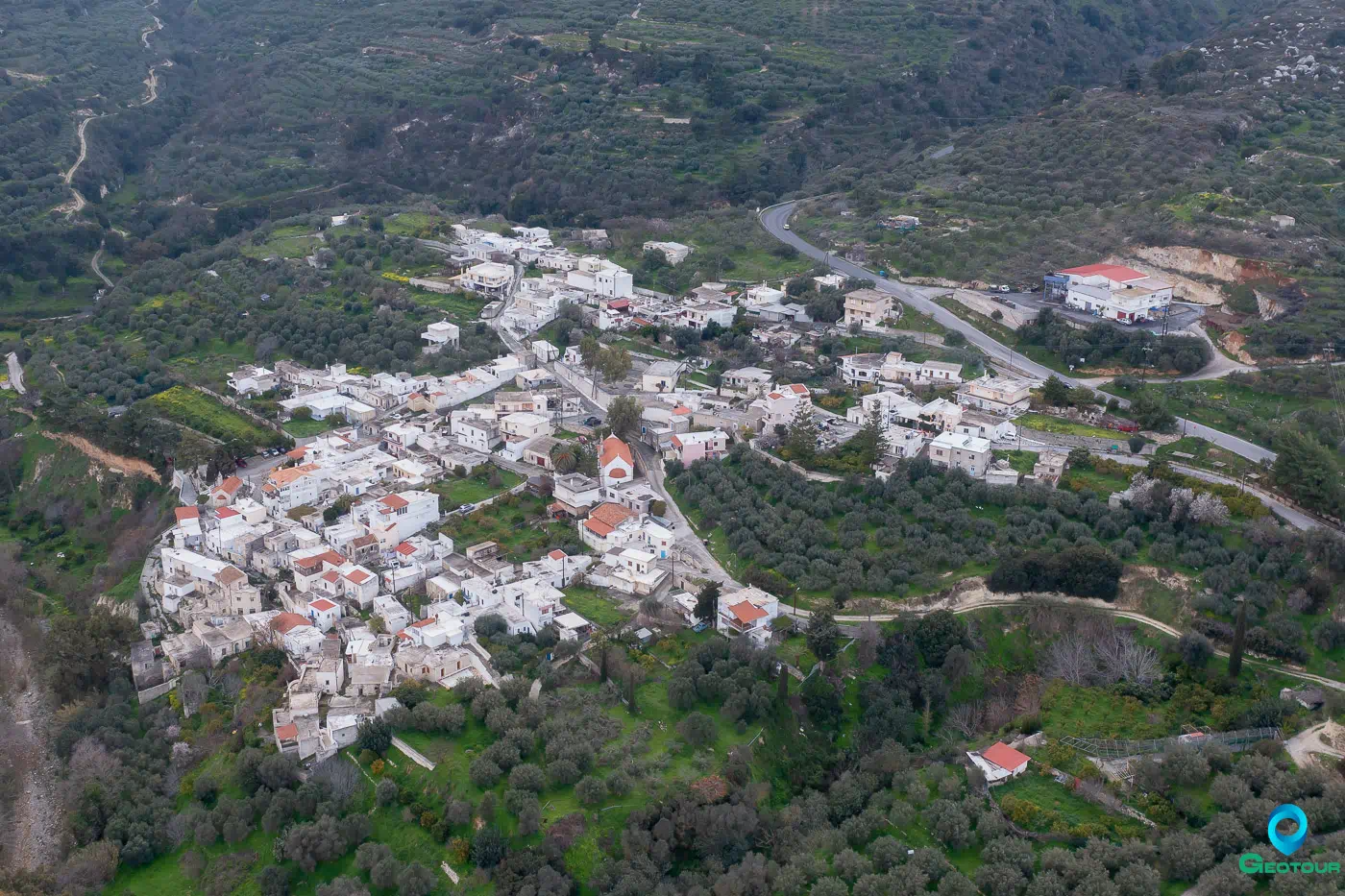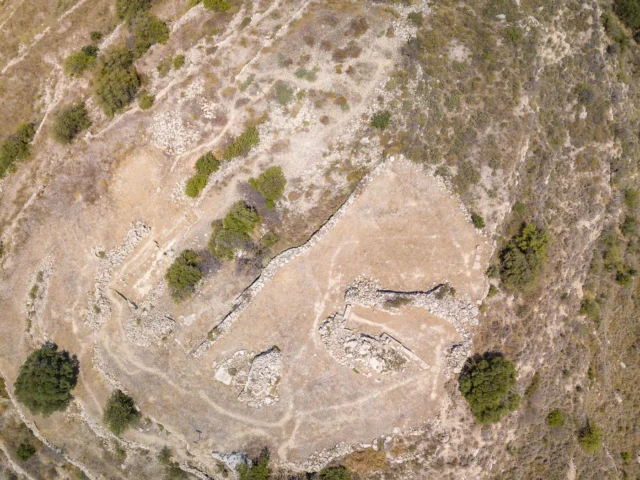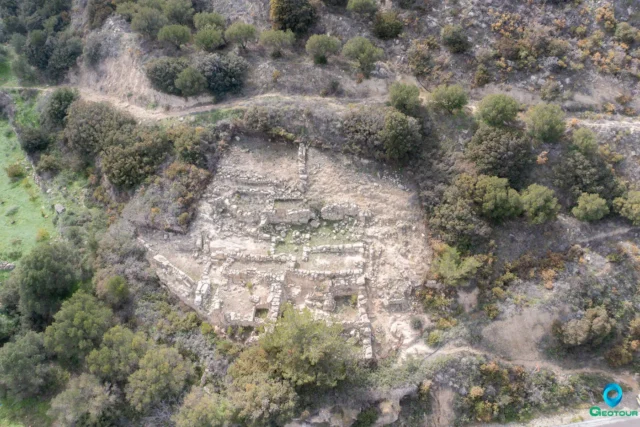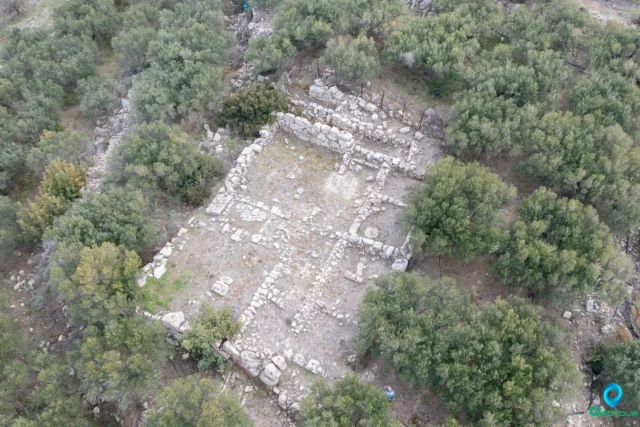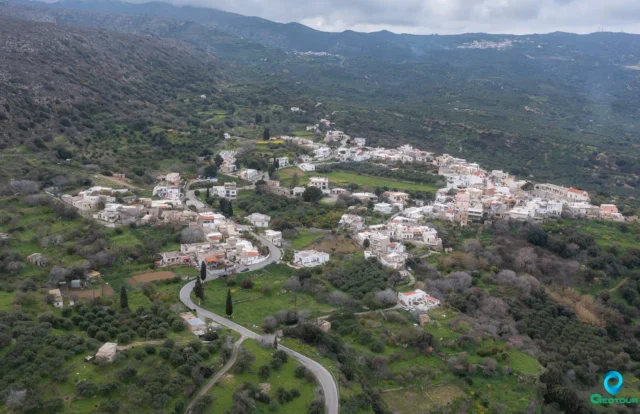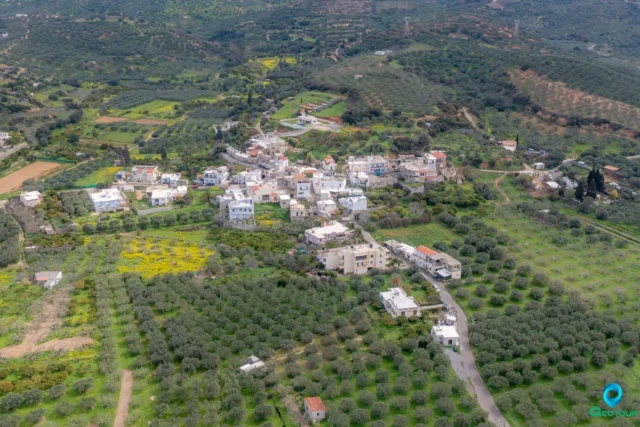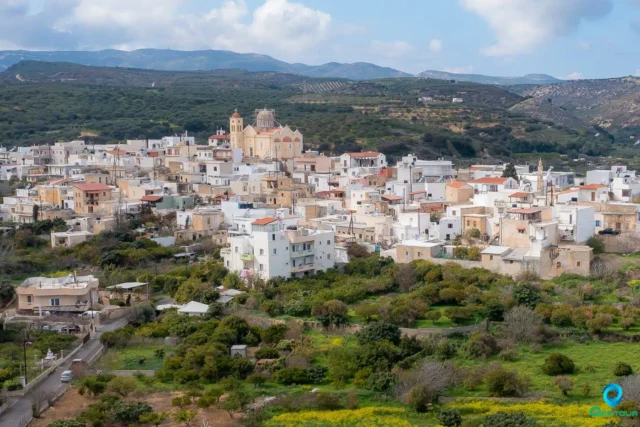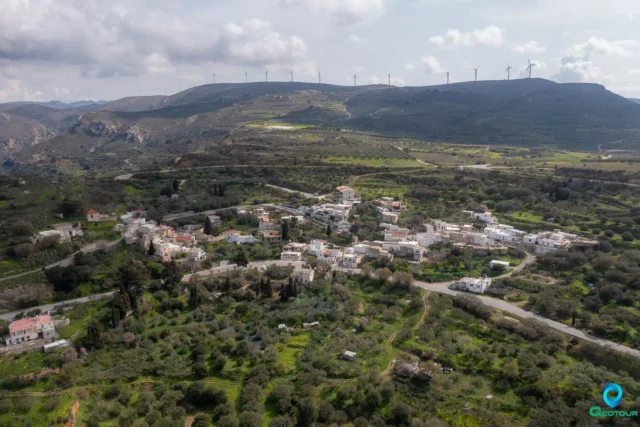Maronia (Μαρωνία) is a village and the seat of the homonymous community in the municipality of Sitia, in the regional unit of Lasithi, in eastern Crete. It is built at an altitude of 120 meters and is 9 kilometers from Sitia.
History
Near the village, remains of a settlement from the Minoan years have been found, and in the location of Kefala, carved tombs have been found.
According to tradition, the first settler of the village came from Maroneia in Thrace. The village is mentioned by Francesco Barozzi in 1577 as Marones in the province of Sitia. In the Venetian census of 1583 by Castrofilaca, it is mentioned as Marunea with 96 inhabitants. In a contract of 1591, it is mentioned as Marounea. Basilicata mentions it in 1630 as Marunea. In the Turkish census of 1671, it is mentioned as Maruta with 9 haracs.
The village is mentioned in the Egyptian census of 1834 as Maronia with 8 Christian families. In 1881, it is mentioned as Maronia with 165 inhabitants, all Christians, and belonged to the municipality of Limenos Sitia.
Sights
In the village are the churches of Agia Triada and the Dormition of the Theotokos. Near the village are the caves of Spiliara and Agionero.
Other information
It is located on the Sitia – Ierapetra road and is 10 km from the capital of the Province. In the 1583 census it is written Marunea and perhaps for this reason the locals pronounce it Mar(ou)nia. At that time it had 120 inhabitants. According to tradition, its name is due to its first settler who came from Maroneia of Thrace.
It is the birthplace of the famous fighter of the Cretan Revolutions, Captain Sifis Dermitzakis (1821-1866) who also fought in the Peloponnese and was honored for his action with the “Aristion of the Struggle”.
In the location of Kefala, carved tombs were found and near the village a Minoan settlement has been identified.
In Maronia there are the old churches of Ag. Triada and the Dormition of the Theotokos. In its area belong the caves of Spiliara and Agionero. A wonderful fountain of the Ottoman Empire decorates the village while the old olive mill (factory) of the village and the old house of the heirs of M. Chluverakis have been declared historical, preserved buildings.
Settlement: Key Points
- Historical References: The village is mentioned by Francesco Barozzi in 1577 as Marones. In the Venetian census of 1583 by Castrofilaca, it is mentioned as Marunea with 96 inhabitants.
- Location: Maronia is located in eastern Crete, in the municipality of Sitia, in the regional unit of Lasithi. It is built at an altitude of 120 meters and is 9 kilometers from Sitia.
- Historical Significance: Near the village, remains of a settlement from the Minoan years have been found, and in the location of Kefala, carved tombs have been found.
- Population Data:
YearPopulationNotes158396as Marunea1881165165 Christians, 0 Muslims190027619203321928309194035019513101961324197122619811891991201200119520111522021124
- Current Status: Maronia is a village and the seat of the homonymous community in the municipality of Sitia.
References

